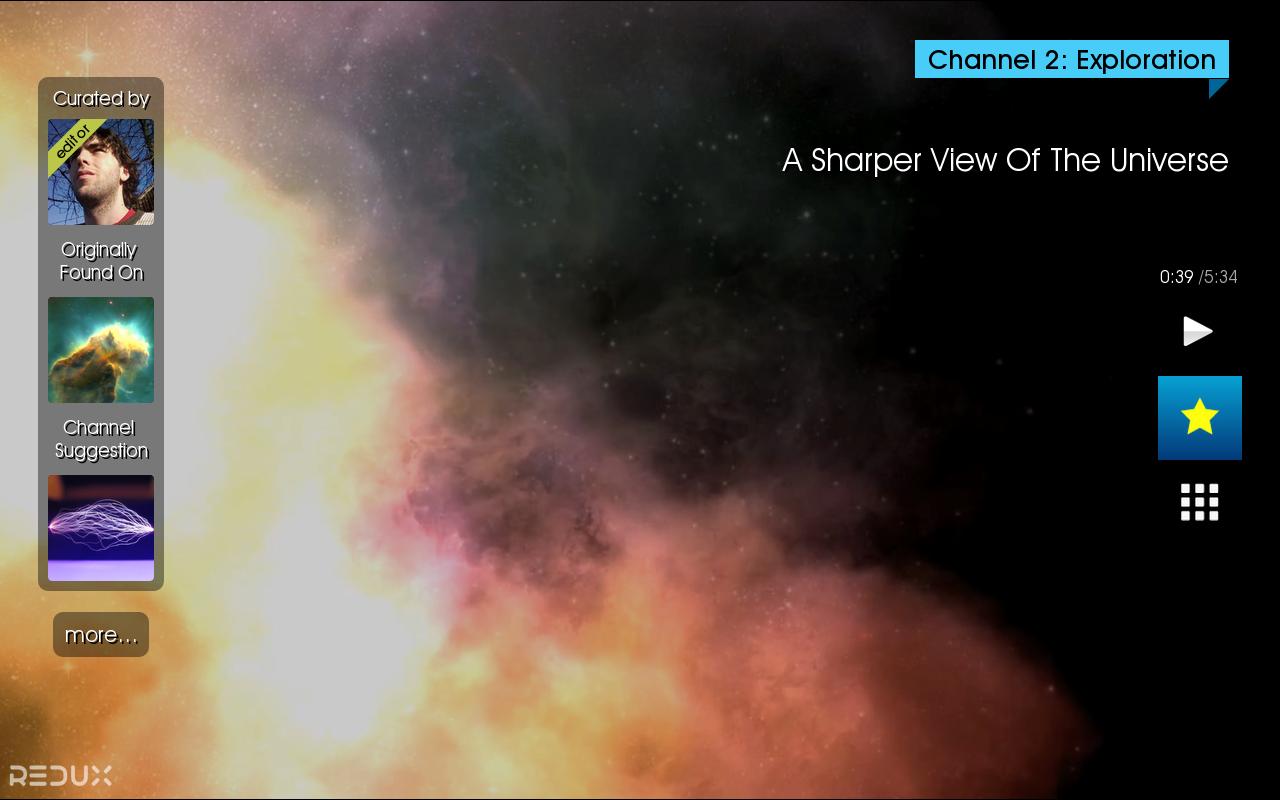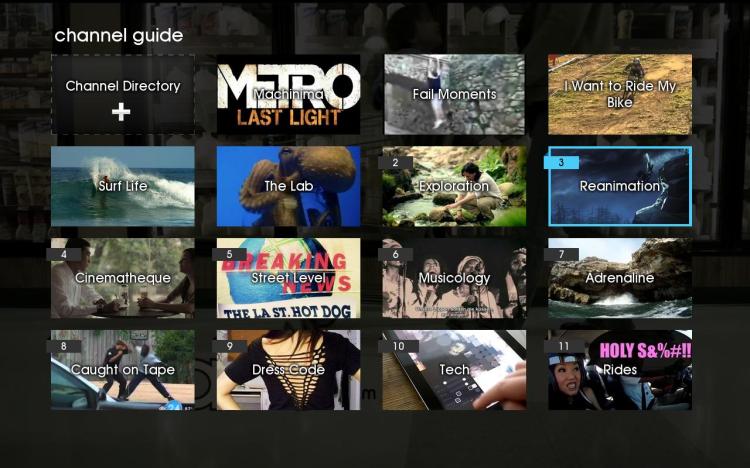 With connected TVs — those that can access online content — consumers have changed what they typically watch, but their viewing habits around prime-time remain the same, according to the web video aggregator Redux.
With connected TVs — those that can access online content — consumers have changed what they typically watch, but their viewing habits around prime-time remain the same, according to the web video aggregator Redux.
Redux’s service, which collects interesting web video across curated channels, is available both on the web and as a free Google TV app.
The company recently found that traffic patterns for its Google TV app closely mirror traditional prime-time viewing hours, with viewership peaking between 6 P.M. and 9 P.M. And over the weekend, Google TV access jumped significantly. Even though it’s technically a web-based service, Redux viewing habits via computers were the complete opposite.
While not exactly surprising, since consumers are at home and relaxing at night and during weekends, it’s a sign that consumers can easily make connected TV services a part of their viewing habits. And for every web video they watch, that’s potential viewing time being taken away from traditional prime-time TV shows.
According to Redux founder and CEO David McIntosh, the company is trying to “create a new kind of TV — one that’s programmed for you by interesting curators, influencers, and potentially friends.”
Redux offers channels of content across a variety of categories, which are curated to feature only the best videos. Watching a Redux channel is just like watching a typical broadcast channel: videos come at you non-stop, and you can just sit back and enjoy them. Redux collects videos from all across the web, including YouTube, Vimeo, and MySpace video.
McIntosh tells me that Redux users typically spend around 1 hour viewing videos every session, and that 30 percent of users come back three times a week. Speaking from my own experience, there’s something about Redux that keeps you watching and coming back to the app. It’s quickly become my favorite third-party Google TV app.
The company launched its web version in January 2010, but it saw its biggest spike when it targeted Google TV. Redux created an HTML5 web-app for Google TV this past summer, and with the release of Google TV 2.0, the company debuted a full-fledged, gorgeous Android app. Now Redux is seeing about 600,000 weekly unique users (with total pageviews being a much bigger number), mainly thanks to the success of its Google TV offerings.
McIntosh says he sees four major areas that companies can focus on for connected TVs: Movies, TV, search, and discovery. The first three areas are already dominated by Netflix, Hulu, and YouTube, respectively, but he thinks the door is wide open for Redux to own the discovery space.
Berkeley, Calif.-based Redux raised around $1.65 million in seed funding for its first incarnation as a social network, but that product never ended up launching. The company has since raised an additional $4.5 million across two other rounds.
VentureBeat's mission is to be a digital town square for technical decision-makers to gain knowledge about transformative enterprise technology and transact. Learn More


